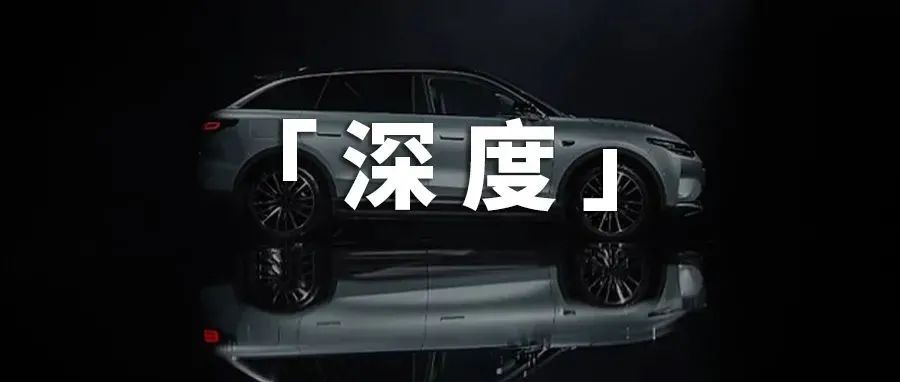Author: Shidi
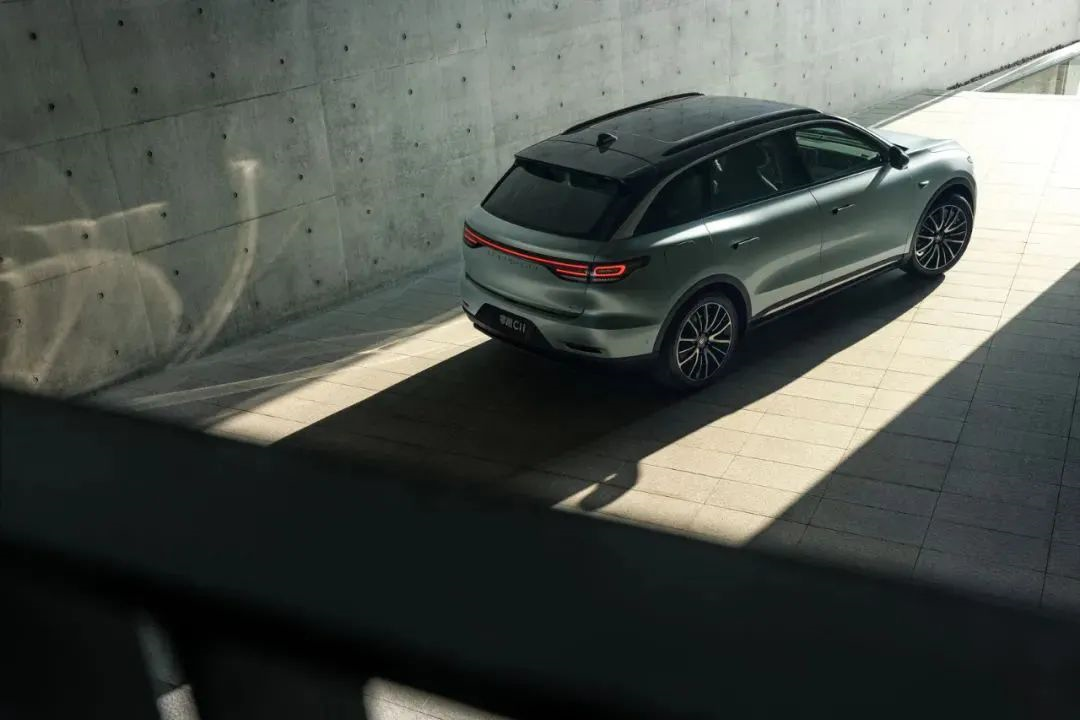
On October 22nd, with the excitement of expecting a newborn after a 10-month gestation period, the long-awaited Leapmotor C11 officially began delivery. As the delivery of the C11 progressed, it marked the official entry of Leapmotor into the 2.0 era, and the launch of the first mainstream vehicle model, which aimed to hit the price of 200,000 RMB, following the S01 and T03.
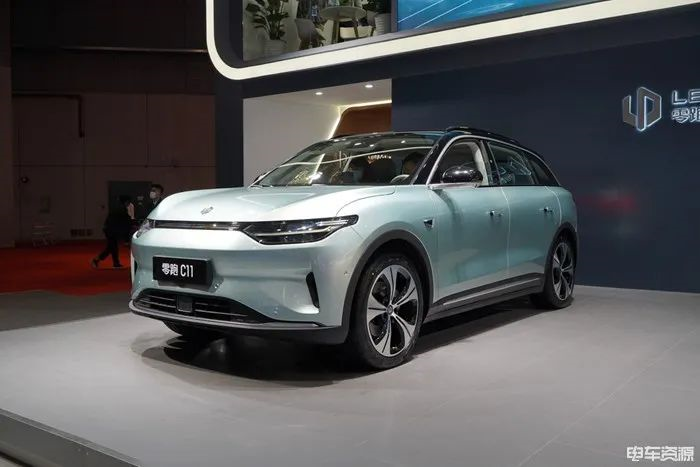
“Disruptive Challenger,” “All-round Self-developed,” “Price Butcher,” and so on. These are all key words that the media cannot do without when facing Leapmotor’s third model – the Leapmotor C11.
What does “Price Butcher” mean?
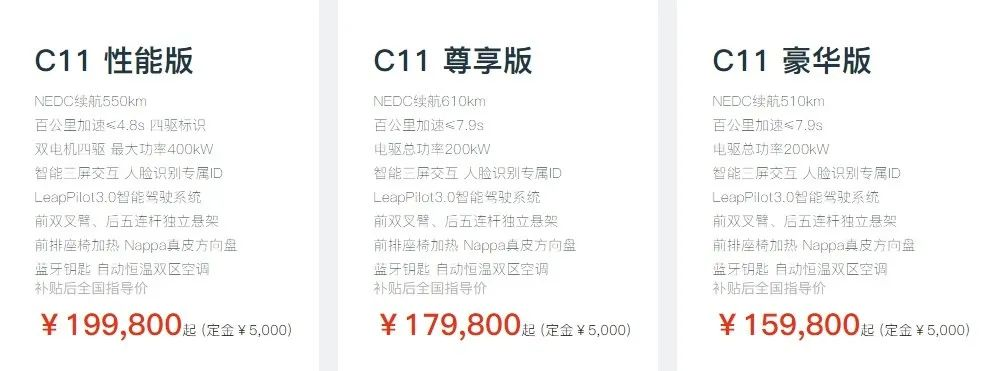
From the configuration list, the Leapmotor C11 comes with standard features such as frameless doors, a segmented panoramic sunroof with an area of 1.14 square meters, heated front seats, a 10.25-inch+12.8-inch central control screen, double-layer soundproof glass for the front row, full-range adaptive cruise control, front double-wishbone suspension, four Michelin UC6 tires, and more.
Except for differences in battery capacity, cruising range, acceleration time, and drive structure among the three models, the configurations are basically identical. Isn’t this a boon for those who suffer from indecision?
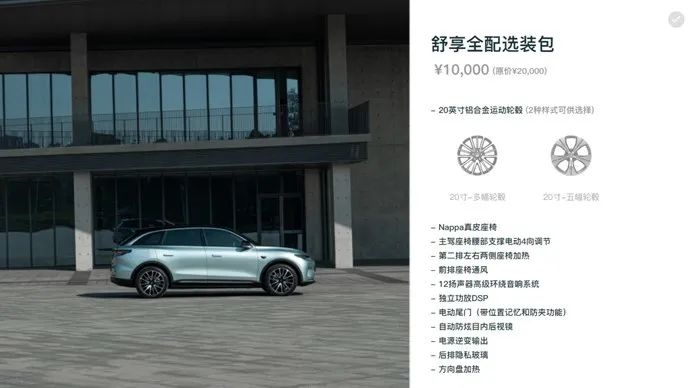
In addition, there are still a lot of things to write about the 10,000 RMB ($1,562) “Comfortable and Enjoyable Full-option Package.” This package includes a 12-speaker high-end surround sound system, power inverter output, 4-way electric adjustment of the driver’s seat lumbar support, heated left and right seats in the second row, rear privacy glass, Nappa leather seats, heated steering wheel, 255/45R20 aluminum alloy wheels, and electric tailgate. This is the first time so many words have been written in a 10,000 RMB package.
In response to this charitable act, Zhu Jiangming, who is often referred to as “Versailles,” introduced that in the past, high configurations often meant high prices. However, the C11 completely breaks this value rule. As everyone can see, all these configurations that are comparable to those of luxury vehicles worth 500,000 RMB can be enjoyed for less than 200,000 RMB. These luxurious configurations on the C11 express Leapmotor’s sincerity far more than any lofty words.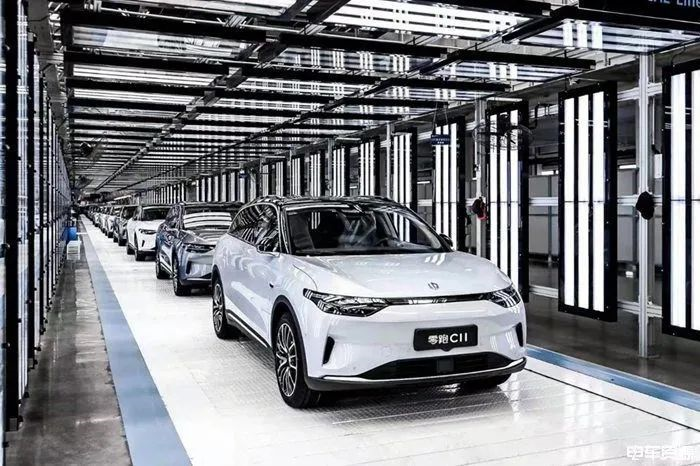
Furthermore, according to Zhu Jiangming, one of the important reasons for the outstanding cost-effectiveness of the LI C11 is that LI Automobile has achieved self-research of core technologies and core components, including intelligent driving, intelligent cockpit, efficient electric drive, and battery integration. LI Automobile has taken sole responsibility in these fields.
As of August 31, 2021, LI Automobile has accumulated 1,186 patent applications, including 517 invention patents. Among the new power brand, LI ranks second in the proportion of invention patents, with more than 40% of three-electric patents, far exceeding the top three new car-making forces. The proportion of technical team members in LI Automobile exceeds 60%, and an L4 algorithm team has been established.
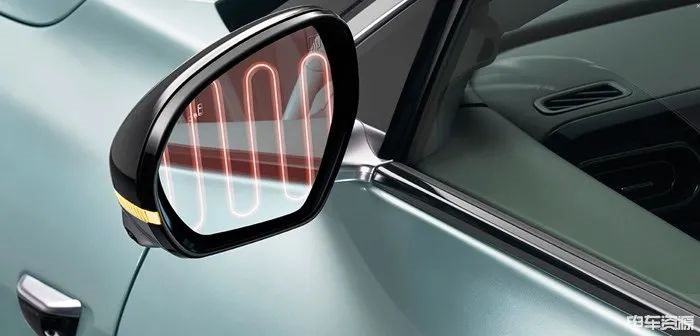
Of course, these achievements are also “visible”. The Leap Pilot 3.0 intelligent driving assistance system carried by the C11, including core technologies such as chips, algorithms, perception, and data, is self-researched. All the core chips of the entire ADAS system are basically domestically produced. Among them, the Lingxian 01 chip carried by the C11 has a total computing power of 8.4Tops, which is about four times that of the MobileyeQ4 chip computing power carried by other new power competitors on the market.
Reducing production costs through technological innovation and self-research, and overturning traditional production models, is a key step to becoming a “price butcher.”
Be the Toyota of China
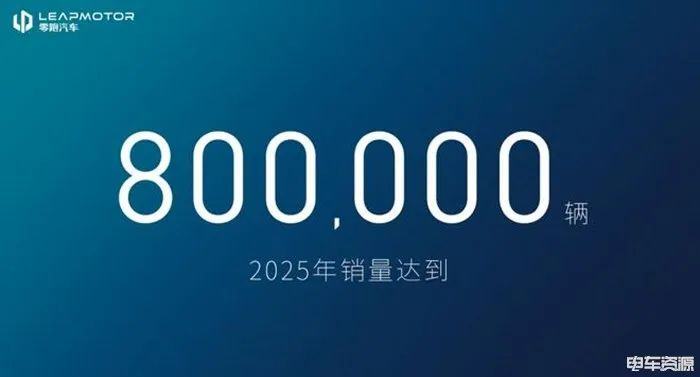
In July of this year, Zhu Jiangming clearly stated at the LI Automobile 2.0 strategy conference that LI Automobile’s sales volume in 2025 should reach 800,000 units, accounting for 10% of the Chinese new energy vehicle market.
However, the reality is that LI’s delivery volume in September was 4,095 units, a year-on-year increase of 432%, and the cumulative orders from January to September were 44,416 units. Depending on the hot sale of the LI T03, LI is currently in the top six of the new car-making forces sales list. The growth is indeed encouraging, but for a second-tier new car-making forces whose monthly sales exceeded 4,000 units, and whose sales volume still mainly comes from the mini-car market, can the sales volume reach 800,000 units within less than four years? It is not just a case of making a vow, is it?
 Since its establishment six years ago, Zero Run has faced many questions, such as being criticized for not understanding how to make cars or unable to produce them, and being questioned about its poor sales of its first car model, the S01, and whether it can survive. Faced with doubts and pressure from various sides, Zhu Jiangming nevertheless stated that we have now launched our third car, and we are still doing well.
Since its establishment six years ago, Zero Run has faced many questions, such as being criticized for not understanding how to make cars or unable to produce them, and being questioned about its poor sales of its first car model, the S01, and whether it can survive. Faced with doubts and pressure from various sides, Zhu Jiangming nevertheless stated that we have now launched our third car, and we are still doing well.
As early as 2017, Zhu Jiangming stated in an interview that Zero Run’s goal is to become China’s Toyota. This was when the new company, which had only been established for two years and had not even obtained a production qualification, wanted to become the world’s largest automotive company with annual sales revenue exceeding 1 trillion yuan.
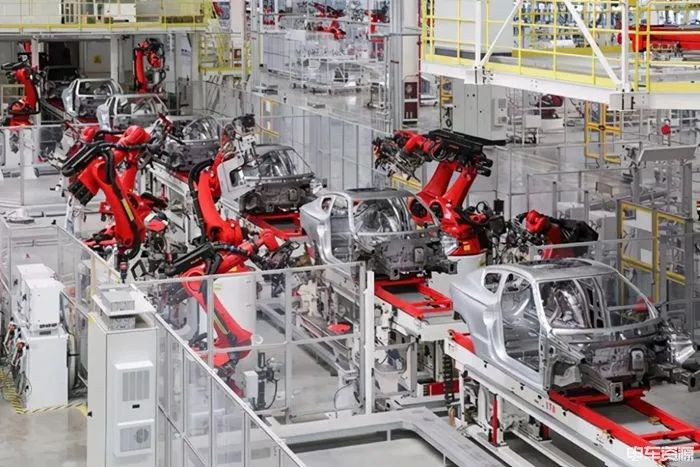
In an era when almost everyone targets Tesla, Zero Run only wants to provide practical electric cars for consumers that are comfortable, durable, and affordable for most people. Indeed, with the development of the industry, the world of electric cars no longer lacks heroes like Tesla, but roles like Toyota are still scarce.
Of course, Zero Run’s sales target of 800,000 vehicles is also based on the government’s plan and industry expectations. According to the plan, China’s auto sales will reach 30 million vehicles by 2025, of which 20% will be new energy vehicles, or 6 million vehicles. Zero Run only needs to ensure a 13.33% market share.
Moving on to the product aspect, Zero Run plans to launch eight new models by the end of 2025, in addition to the three models currently on sale, covering the market below 3.5 million yuan.
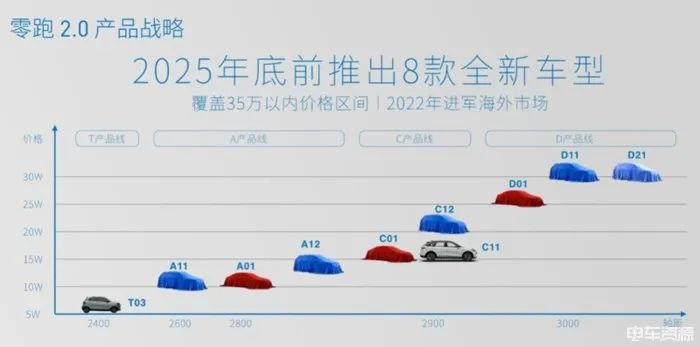
At the same time, according to Zero Run 2.0 plan, laser radar technology will be put into production by the end of 2023 and full-scene automatic driving technology will be achieved in 2024. In the field of intelligent cabin and vehicle networking, Leap AI intelligent cabin will achieve AI emotional interaction, AI self-learning, and proactive service functions.
In the field of three-electricity system, Zero Run will put into production the variable structure oil-cooled electric drive system by the end of the year, using ultra-thin 0.2mm high-performance silicon steel, with an NEDC efficiency greater than 88.5% and a maximum lifespan of 1 million kilometers. At the same time, the integrated solution of CBC battery + vehicle body will be mass-produced in the third quarter of next year. The super-performance high-power silicon carbide controller supporting 300 kW electric drive system will be mass-produced by the end of 2023, and the ultra-high voltage electrical platform supporting 400 kW super fast charging will be mass-produced in the fourth quarter of 2024.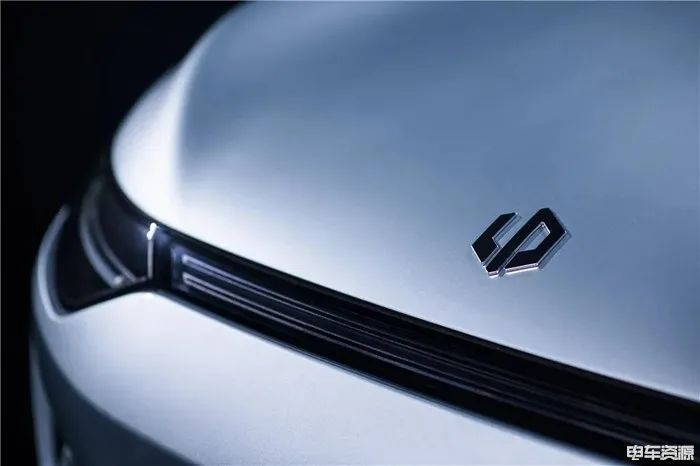
It’s worth noting that in addition to pure electric models, LI plans to launch its first range-extended electric vehicle next year. According to Zhu Jiangming, the technology of range-extended electric vehicles is a transitional solution, but is currently a good supplement. It is especially suitable for winter use in northern regions or long-distance travel scenarios. The future market space for range-extended electric vehicles will be determined by users, and LI will prepare sufficient reserve for the range-extended technology. If there is a large market demand, more range-extended products will be launched.
In addition to LI’s plan to expand into overseas markets next year and the continuous expansion of its factories, 800,000 vehicles may indeed become a great achievement for LI to unlock in 2025.
Final Thoughts
LI has spent six years from 1.0 to 2.0 era.

During these six years, LI has indeed undergone many changes, from no production qualification to a complete system of intelligent automobile research, development, production, sales, and service; from technology deficiency to continuous innovation and independent research and development; from satisfying user needs through user feedback and adding configurations. LI may not have a loud name card compared to other first-line new forces in the automotive industry, but it is working more steadily to compete in the racing track.
Regarding the future, Zhu Jiangming said that LI will continue to focus on users, concentrate on core technology research and development and manufacturing, steadily promote brand building, and further build a smart ecological community that connects the future, bringing users a free, convenient, and intelligent travel life.
It is visible that becoming China’s Toyota is a great goal for LI, but it requires not only patience but also strength comparable to world-class players.
This article is a translation by ChatGPT of a Chinese report from 42HOW. If you have any questions about it, please email bd@42how.com.
